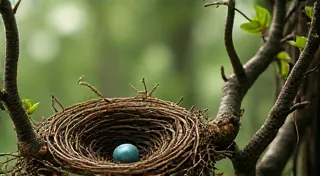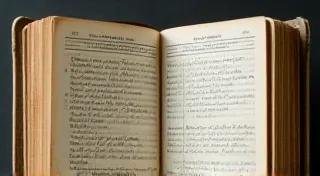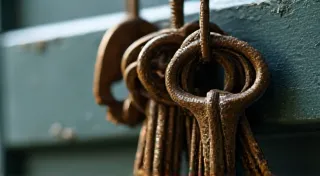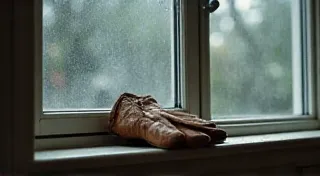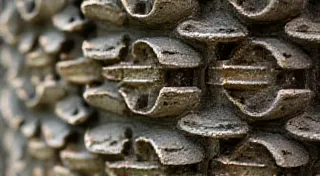A Glimpse Within: Exploring the Interior Worlds of Vintage Purses
There’s a certain magic in holding a vintage coin purse, a whisper of a past life held within your palm. We often admire the exterior – the shimmering beads, the intricate embroidery, the playful novelty shapes – but the true story, the heart of the piece, often lies hidden inside. It’s within the linings, the pockets, and the construction itself that we find a deeper appreciation for the artistry and ingenuity of a bygone era. These interior details aren't mere afterthoughts; they are integral to understanding the purse’s purpose, its history, and the human touch that brought it into being.
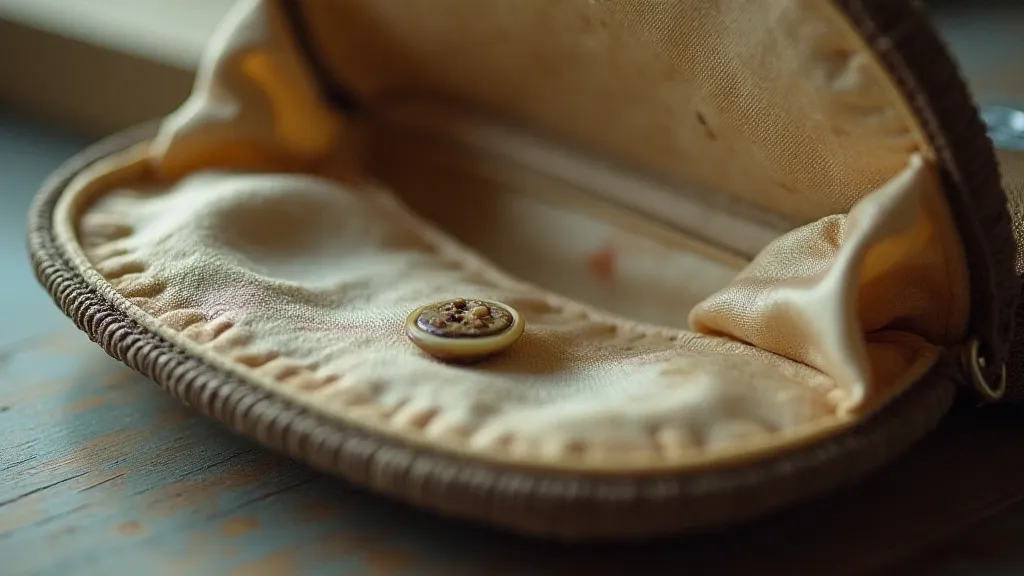
The Fabric of Time: Linings and Their Stories
The linings of vintage coin purses are a particularly revealing element. Think about it – these were often made of luxurious fabrics like silk, velvet, or fine cotton. Their presence speaks to a time when even seemingly small accessories were crafted with an emphasis on quality and perceived value. A silk lining wasn't just functional; it was a statement. It hinted at the owner's status, their appreciation for beauty, and the pride of the maker. I remember finding a small, tarnished coin purse at an antique market, its exterior unassuming. But when I opened it, a vibrant, almost iridescent silk lining unfolded – a stark contrast to the worn exterior. It was like discovering a secret treasure, a glimpse into the life of someone who valued beauty even in small things.
The fabric choices weren't always about luxury, however. Sometimes, practicality dictated the material. Sturdier cottons and linens were common for everyday use, reflecting a focus on durability. The color of the lining also tells a story. Deep reds and jewel tones were popular choices in the Art Deco period, while softer pastels often graced purses of the 1950s. Identifying the fabric and color can often help pinpoint the purse's approximate age and style. But beyond the textiles themselves, the hardware and closures played a crucial role – the very echoes in metal that secured the treasures held within.
Pockets and Purpose: Functionality and Design
Beyond the beauty of the lining, the interior pockets and compartments of a vintage coin purse reveal its intended functionality. Many early coin purses were essentially small pouches, designed simply to hold coins. As fashion evolved, so did the features. You’re likely to find little pockets for lipstick, compact mirrors, or even small notes – tiny, bespoke compartments designed to cater to the specific needs of the purse's owner.
The placement and construction of these pockets are also significant. A carefully stitched, hidden pocket might suggest an intention for privacy or security. A wider, easier-to-access pocket might indicate a more casual, everyday use. Examining the stitching, the type of closure (if any), and the overall design of the interior gives a fascinating insight into the user’s lifestyle and the prevailing fashion trends. Consider too, the overall transformation of simple materials into objects of desire – the alchemist’s touch that elevates a humble coin purse into a cherished heirloom.
A Masterclass in Miniature: Examining the Craftsmanship
The true beauty of vintage coin purses often lies in the extraordinary craftsmanship displayed in their interiors. The stitching, often done entirely by hand, is a testament to the skill and patience of the maker. Look closely, and you’re likely to see tiny, perfectly formed stitches, evidence of a dedication to quality that’s rarely seen in mass-produced items today. You might even find remnants of the maker's thread – a tiny knot, a different colored strand – small, unplanned details that add to the unique character of the piece.
Sometimes, repairs are visible – a patch, a re-stitched seam. These aren't flaws; they are evidence of a piece that was cherished and maintained. They tell a story of longevity and resilience, a testament to the enduring appeal of a well-made object. My grandmother had a small, beaded coin purse that had a tiny repair on the lining. She told me it was her lucky purse, and the repair reminded her of a time when things were mended, not replaced. That simple act of repair imbued the purse with a deeper sentimental value. The allure of these decorative pieces goes far beyond simple utility; they are veritable ornamental bastions of style and artistry.
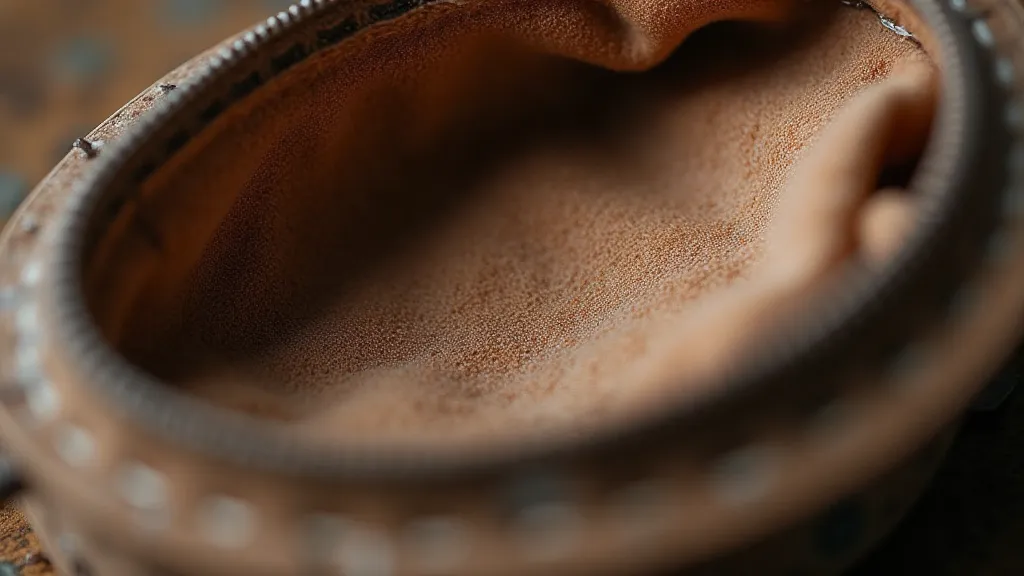
Understanding Age and Condition: Clues from Within
The interior of a vintage coin purse can provide valuable clues about its age and condition. The type of fabric, the stitching technique, and the presence of any repairs can all help to narrow down the timeframe in which it was made. For example, early coin purses often have linings made of coarser fabrics and simpler stitching techniques, while later purses may feature more luxurious materials and intricate designs.
The condition of the lining can also tell a story. Fading, discoloration, or wear are all signs of age and use. However, a well-preserved lining is a testament to the care and attention it has received over the years. When assessing a coin purse’s value, the interior’s condition is surprisingly important. A pristine lining significantly increases the piece's desirability and collector value. Indeed, the enduring fascination with these pieces stems from a powerful sense of the currency of nostalgia - the ability to connect us to a bygone era.
Restoration and Preservation: Respecting the Past
When dealing with vintage coin purses, restoration should always be approached with caution and respect. While some cleaning may be necessary to remove surface dirt and grime, any attempt to alter the original construction should be avoided. Replacing a lining, for example, can significantly diminish the piece's authenticity and value.
Instead of attempting major repairs, focus on preserving the existing condition. Gently cleaning the lining with a soft brush and mild detergent can often remove surface dirt. Storing the purse in a cool, dry place away from direct sunlight can help to prevent further deterioration. Remember, these are artifacts of a bygone era, and their charm lies in their history and imperfections. Understanding the historical context adds depth to the appreciation of these delicate objects - knowing that each flaw is a testament to a life lived and stories shared.
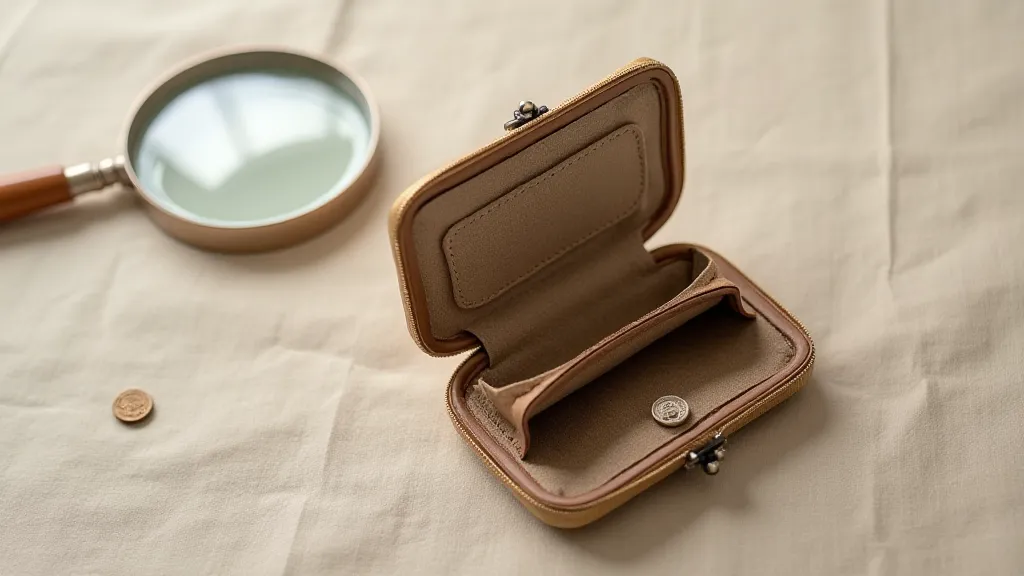
A World of Stories – Deeper Dive into Materials and Techniques
Let's explore the materials a little further. The choice of lining fabrics often correlates directly with the purse's era and intended market. Early 20th-century coin purses, particularly those aimed at a more budget-conscious consumer, frequently featured muslin or unbleached cotton linings. As manufacturing processes improved and imported fabrics became more accessible, we see a rise in mercerized cottons, known for their sheen and durability. The introduction of rayon in the 1920s offered a silk-like feel at a lower cost, and its presence in a lining can be a helpful dating clue.
Beyond the primary lining fabric, pay attention to the presence of interlinings – layers of fabric added for stiffness or to reinforce seams. These interlinings, often made of heavier cotton or even canvas, offer valuable insight into the construction techniques of the time. Similarly, the type of stitching used is a significant indicator. Early purses often employed a running stitch, which is quicker but less secure. As sewing machines became more commonplace, we see the rise of backstitch and machine stitching, offering greater strength and precision. Examining these subtle details – the texture of the fabric, the quality of the stitching – is key to appreciating the craftsmanship of a vintage coin purse.
A World of Stories
Exploring the interior worlds of vintage coin purses is more than just an exercise in historical analysis; it’s a journey into the lives of those who owned and cherished them. Each purse is a tiny portal to a different time and place, a tangible link to the past. The linings, the pockets, the stitching – these aren't just details; they are fragments of stories waiting to be rediscovered. And by appreciating these hidden treasures, we can gain a deeper understanding of the artistry, the ingenuity, and the enduring beauty of vintage fashion. They represent more than mere accessories; they are vessels of memory, encapsulating a moment in time.
